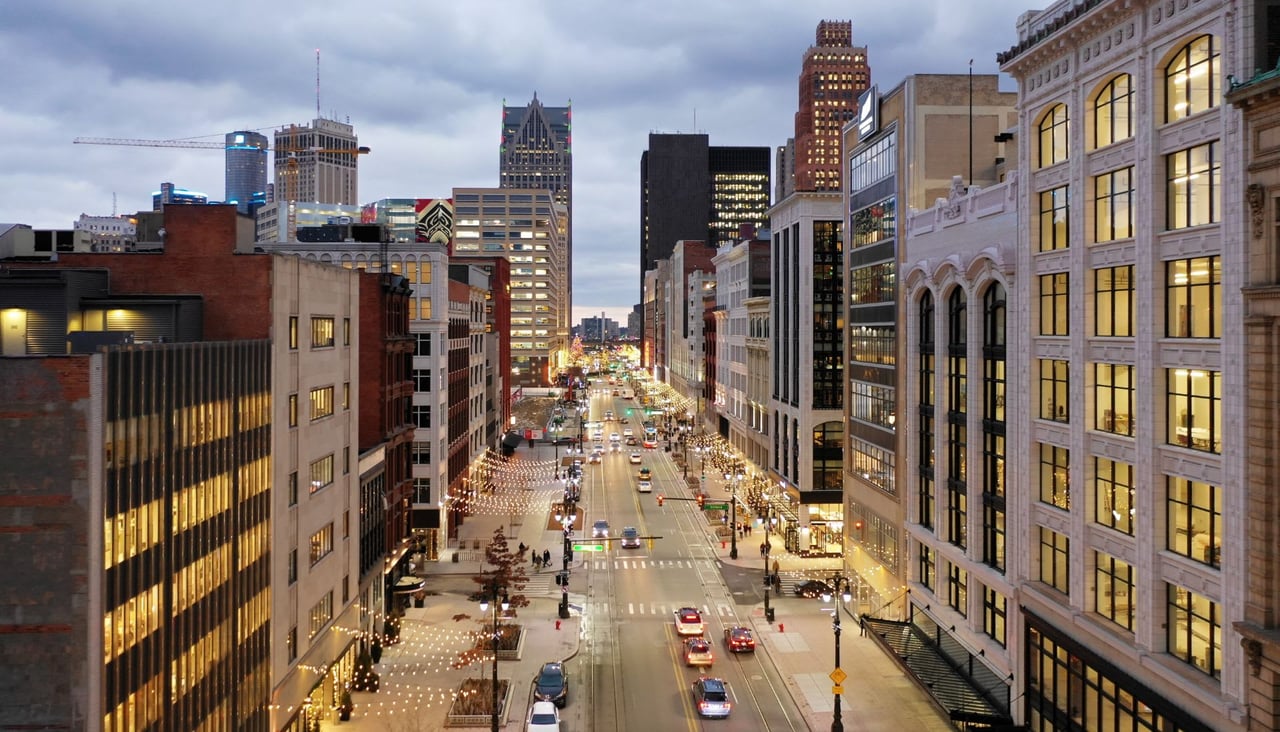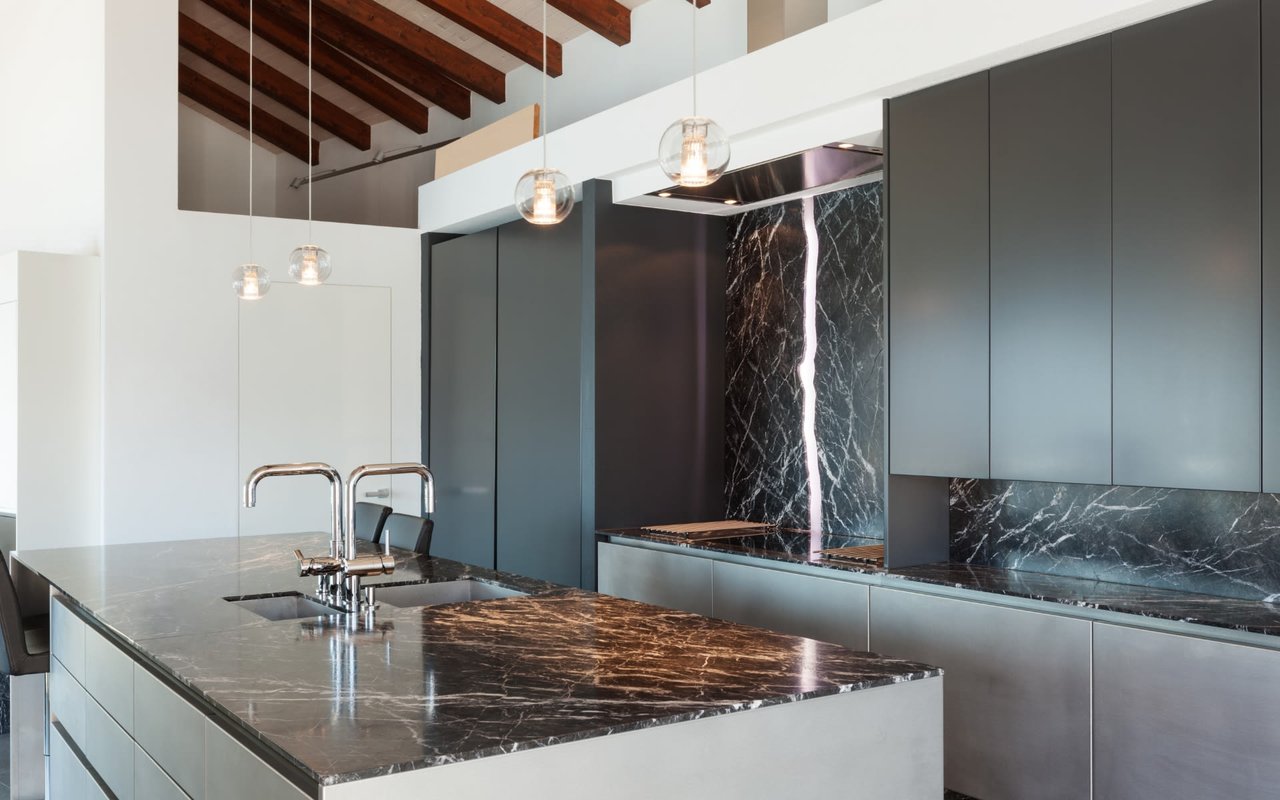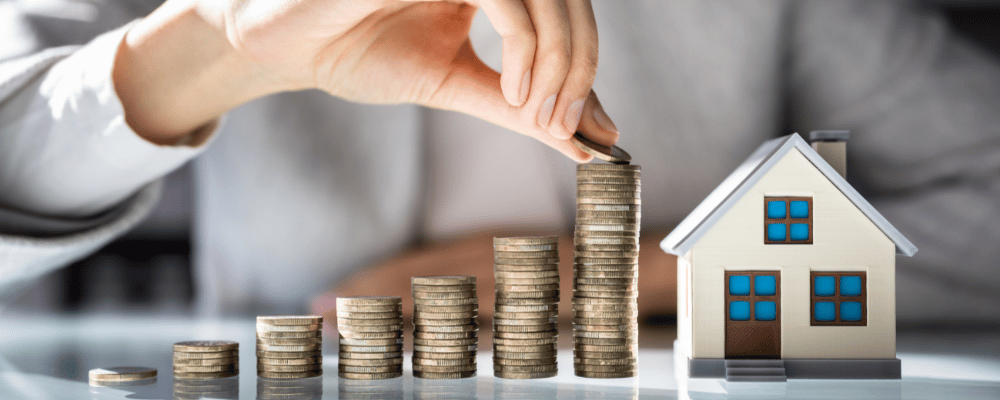Is buying a home cheaper than renting in Utah right now? That’s the question on a lot of people’s minds. With rents climbing across the state and home prices holding strong, the decision between renting and buying has never been more important. In this article, we’ll look at real numbers from Utah’s housing market to see which option makes the most sense today.
Imagine paying a mortgage that’s actually less than (or close to) your rent. It sounds like a dream, right? For some Utahns, that dream is out of reach right now, while for others it may be closer than they think. By comparing the actual costs of renting versus homeownership in Utah, we can get a clearer picture of which path might be smarter financially, both now and in the future.
Let’s start with the rental market. The average rent in Utah is currently just over $2,000 per month, with Salt Lake City running a little lower at about $1,700. Of course, that number can vary depending on where you live. Downtown Salt Lake apartments, for example, often run higher than suburban rentals, while other cities along the Wasatch Front may come in slightly lower. Either way, most renters in Utah are paying somewhere between $1,700 and $2,100 per month right now.
Now let’s compare that to buying. Utah’s typical home value sits in the mid-$530,000 range, while recent sales data puts the median closer to $560,000. In Salt Lake County, the number is right around $555,000, and homes in Salt Lake City itself average slightly higher. If you were to purchase a $560,000 home with a 30-year fixed mortgage, assuming today’s rates in the 6–7% range, you’d be looking at a monthly payment of roughly $3,100 to $3,300 once you factor in taxes, insurance, and HOA fees. That means buying currently costs about 50% more per month than renting—a huge gap for many families.
The bigger question, though, is affordability. Utah households earn nearly $100,000 a year on average, the highest median income in the country when adjusted for cost of living. But with home prices being among the top 10 highest in the U.S., many Utahns are finding it difficult to make the numbers work. Based on median household income, it would take over six years’ worth of earnings to comfortably afford Utah’s median home price. That’s a sign that while people may be earning more here, homeownership still requires a serious financial commitment.
So if renting is clearly cheaper month-to-month, why would anyone choose to buy right now? The answer comes down to lifestyle and long-term value. When you rent, your money is gone the moment you pay it. No equity, no ownership, no return. But when you buy, even if your monthly payment is higher, you’re building equity with every payment, locking in your housing costs for decades, and benefiting from Utah’s strong real estate market over time. Utah’s population continues to grow, job opportunities are on the rise, and housing demand isn’t slowing down. That means the long-term outlook for home values here remains strong.
From a real estate perspective, buying may not be the cheapest option in 2025, but it still offers long-term stability and financial growth that renting simply can’t match. Homeownership in Utah is about more than just comparing rent and mortgage costs, it’s about creating a lifestyle, investing in your future, and taking advantage of one of the strongest economies in the country.
So is buying a home cheaper than renting in Utah right now? The short answer is no, not on a monthly basis. Renting still wins when you’re looking purely at the numbers. But if your timeline is long-term and you’re planning to stay put, buying could still be the smarter move.
If you’re curious how the rent versus buy decision plays out in your neighborhood, let’s connect. I’d be happy to run the numbers with you, show you the latest Utah market data, and help you figure out whether renting or buying is the right path for you right now.



